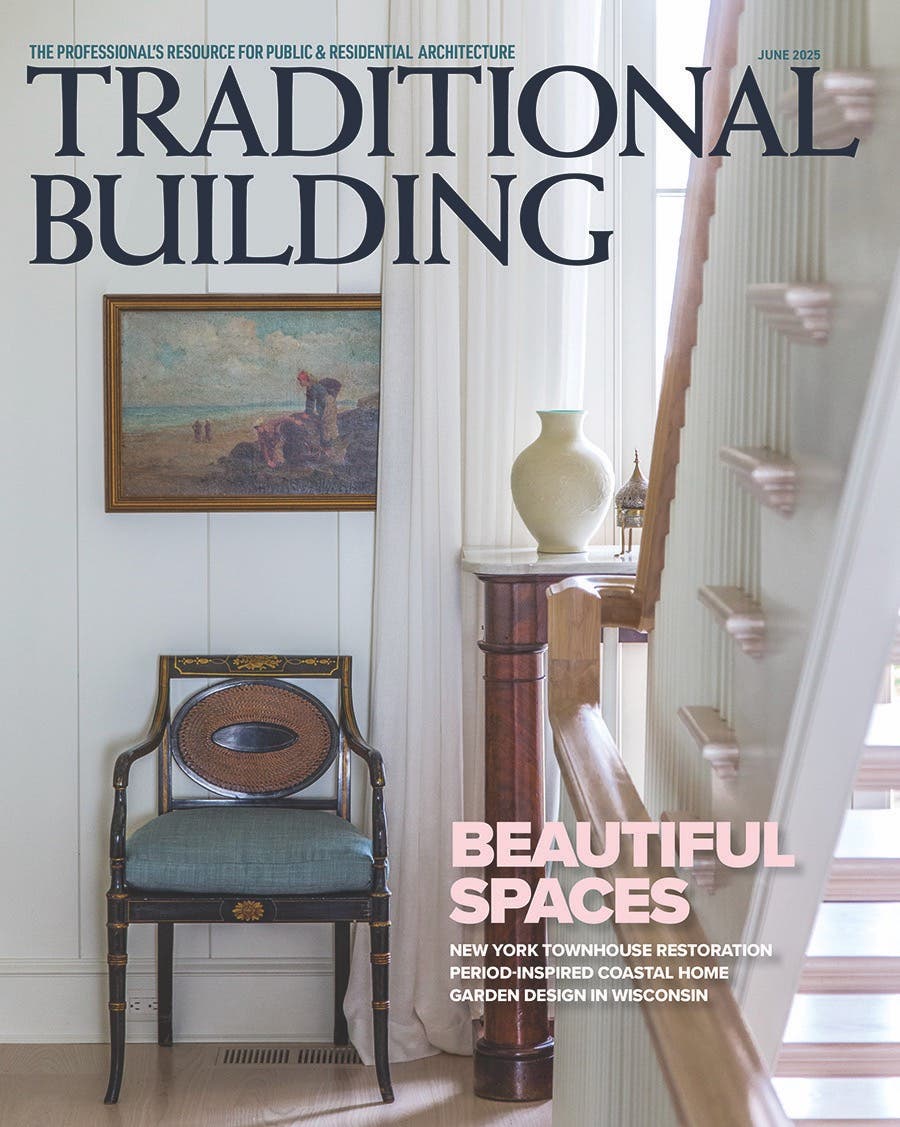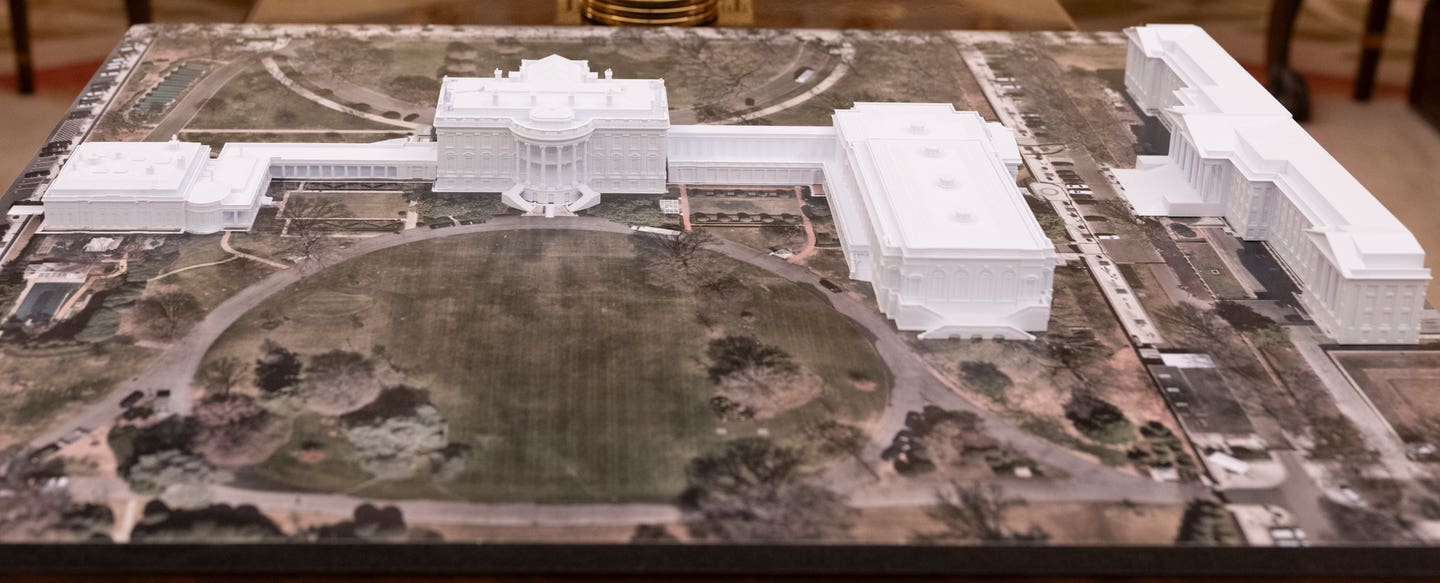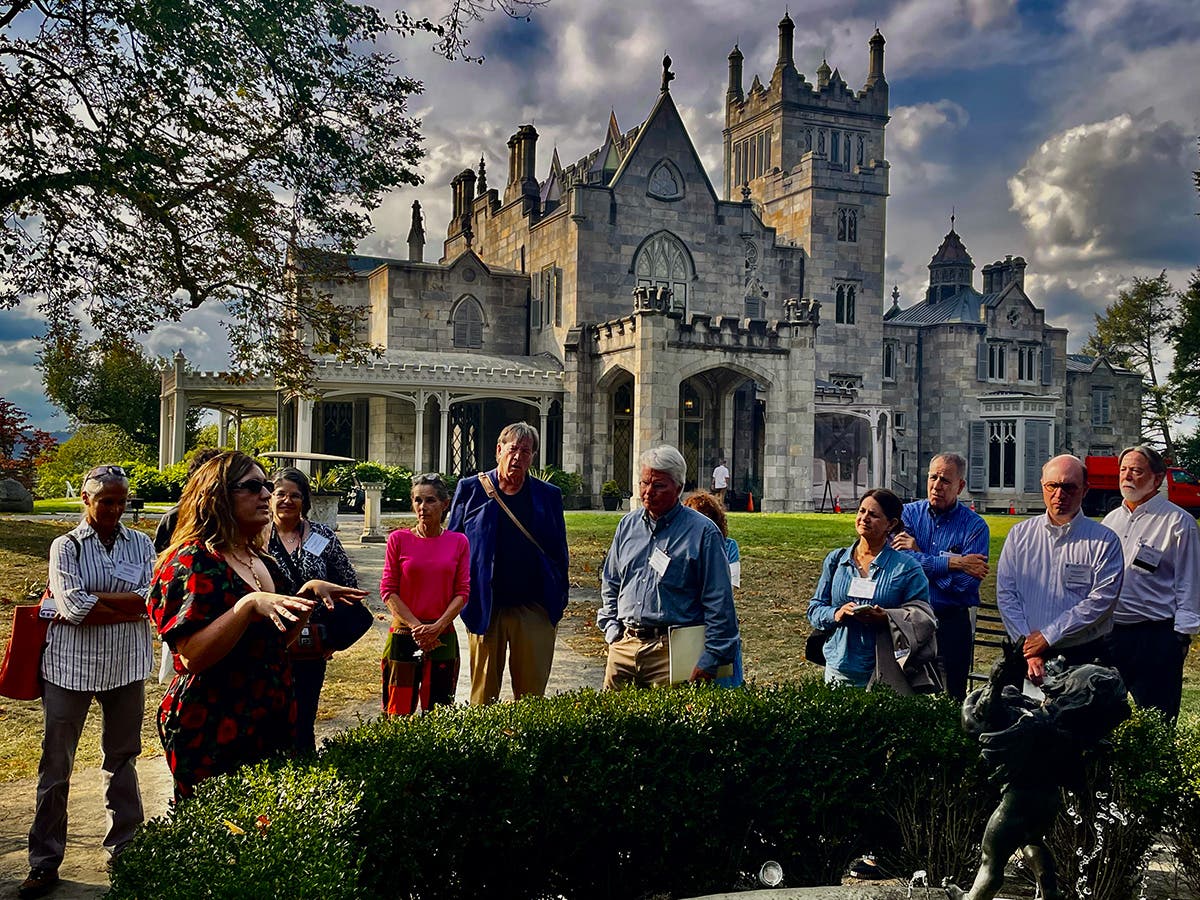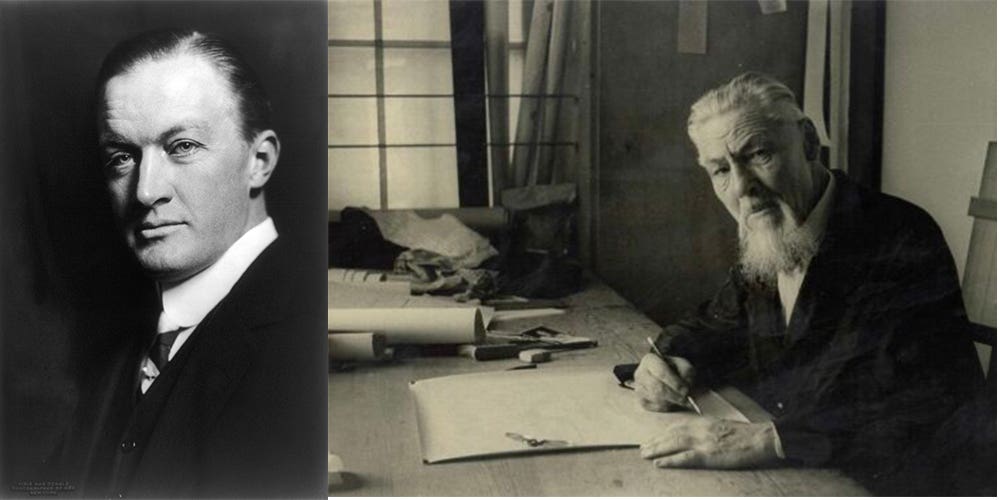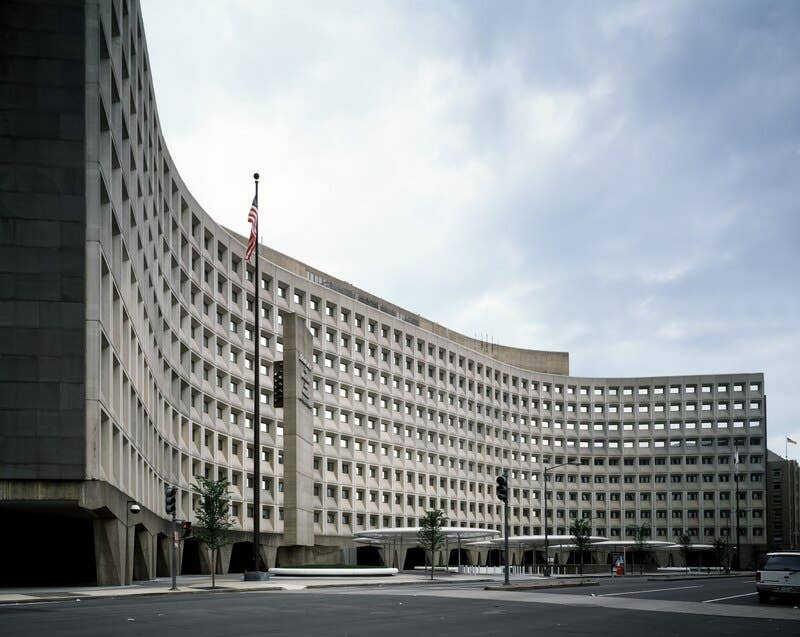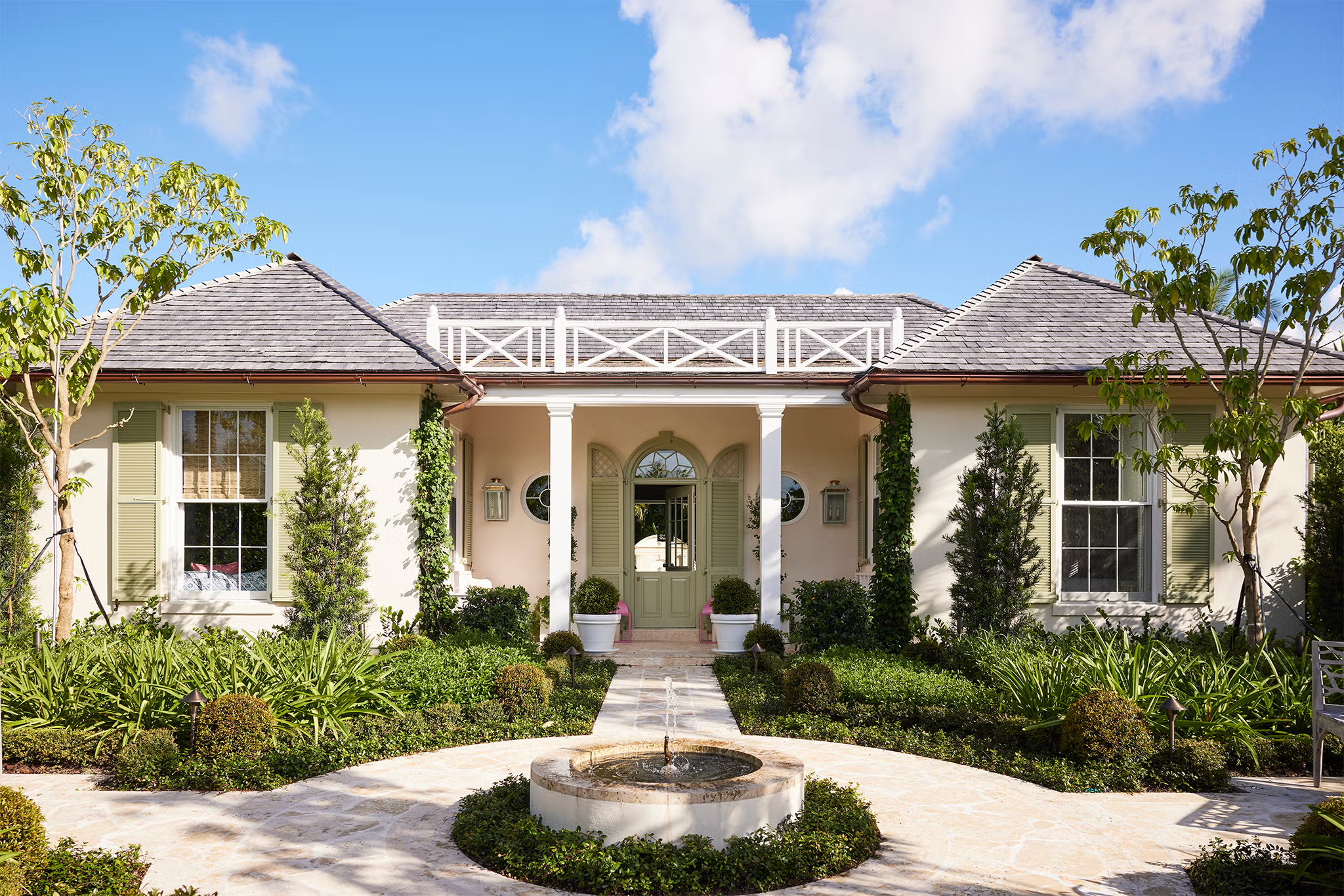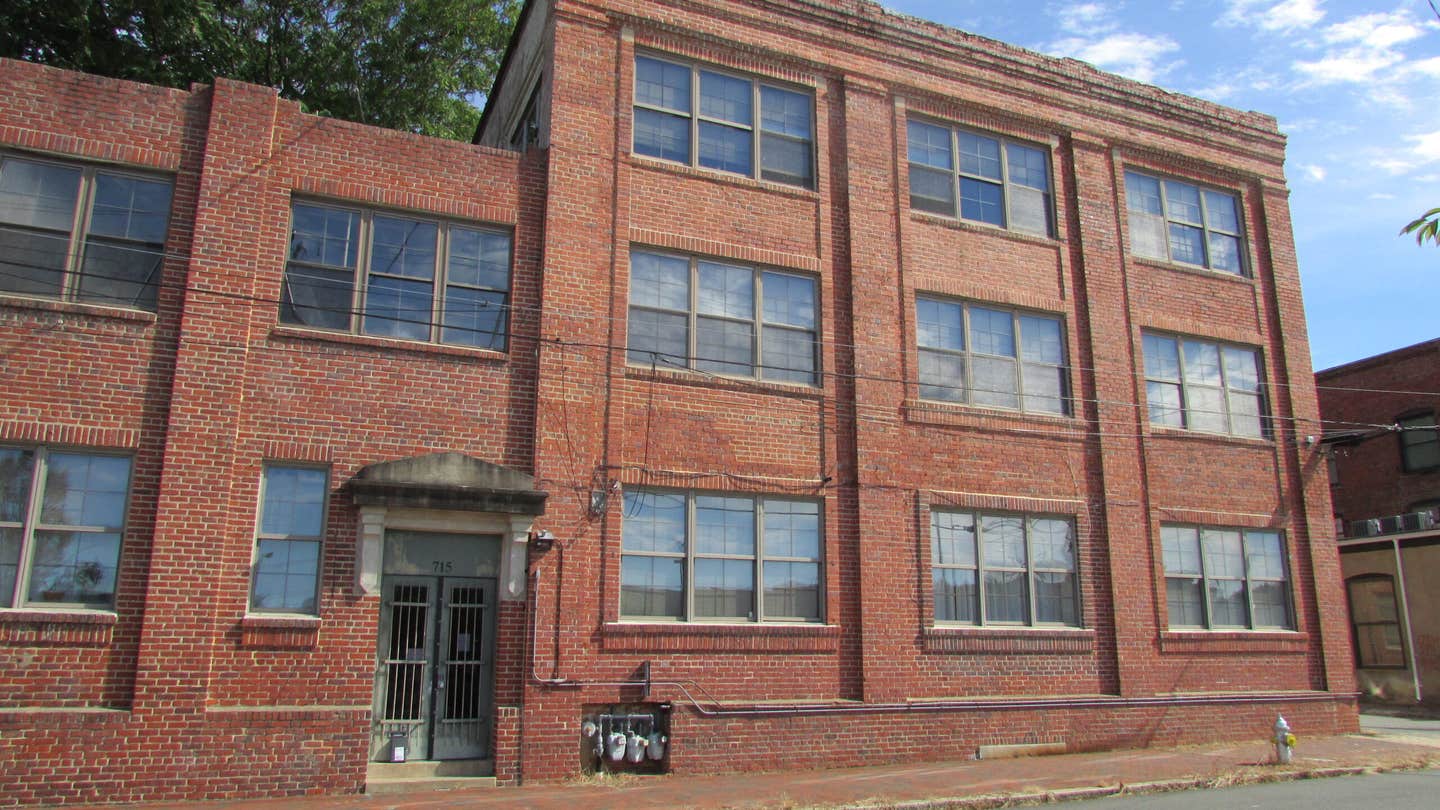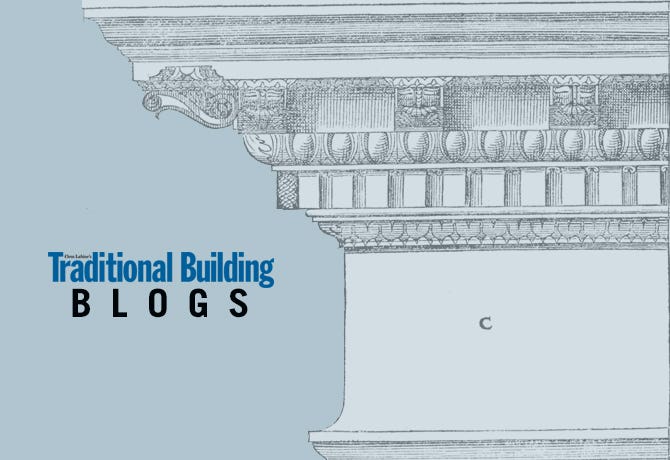
Rudy Christian
Windows to Networking
This last weekend I had the pleasure of representing the Preservation Trades Network (PTN) as a guest speaker at a hands-on historic window restoration workshop in San Antonio, TX. I shared the guest speaker role with Walter Sedovic, AIA, LEED, who gave a very concise presentation about the research he has been doing on performance and investment return of modern replacement windows. His presentation was eye opening and appropriate to kick off the workshop, which took place at historic Fire Station #11 in San Antonio.
Fire Station #11 is a 1924 building that was built on land owned by the Steves family. When the fire department decommissioned Fire Station #11, it was returned to the family per terms in the 1892 deed. The Steves family is currently working with the University of Texas San Antonio (UTSA) to turn it into a preservation lab and office space for the newly established preservation program in the architecture department. This concept will allow for its adaptive reuse to both restore and preserve its historic character while guaranteeing its usefulness for decades to come.
The workshop was the brainchild of Bill Dupont, professor of architecture, who heads up the preservation program at UTSA working in concert with San Antonio’s historic preservation office. Bill and I had worked together involving PTN in the Historic Green conferences, which have taken place for the last two years in the Holy Cross Historic District in New Orleans. We were invited to assist in bringing preservation programming into the conferences, and during this year’s conference, we had introduced historic window restoration.
Hands-on workshops involving historic windows are not a new idea, as many such workshops have taken place over the last few years as awareness grows of the critical need to save historic windows and stem the relentless marketing efforts to sell the idea that old, ”drafty” windows need to be replaced with modern, energy- efficient “green” windows. The historic wood windows have performed well for a century and often more, historic metal windows for nearly as long, and both the historic wood and historic metal wnidows are restorable. For the most part the modern “replacement” windows are not.
What was refreshingly new was the degree of networking that took place.
Among the partners who where involved in presenting the workshop were the City of San Antonio Department of Historic Preservation,National Trust for Historic Preservation (NTHP), San Antonio Conservation Society (SACS), UTSA College of Architecture, AIA Center for Architecture, Alamo Hardwoods and ARTchitectural Interiors who’s principal, Victor Salas, acted as instructor to the students during the workshop. This diverse cross-section meant that a city government (San Antonio), a state university (UTSA), a local preservation non-profit (SACS), national educational non-profits (AIA & NTHP) and local business had all partnered to provide an educational opportunity in historic preservation and good maintenance practices to both university students and the general public.
When I had the pleasure of being involved in ITES/IPTW 2009 in Tallberg Sweden, one thing that really struck me about our collaboration in developing the program was the fact that in Sweden, government, industry and the public education system work together. Ever since that event, I have posed the question, when presenting and lecturing at events and conferences, as to why this doesn’t happen in America. The logic involved in this collaboration appeared so obvious, and yet it would seem to be quite uncommon in the United States. This weekend’s workshop in San Antonio showed me that there may be an opportunity for change. To me, it was a window to networking opportunities that more of us need to look through.
Rudy R. Christian is a founding member and past president of the Timber Framers Guild and of Friends of Ohio Barns and a founding member and executive director of the Preservation Trades Network. He is also a founding member of the Traditional Timberframe Research and Advisory Group and the International Trades Education Initiative. He speaks frequently about historic conservation and also conducts educational workshops. Rudy has also published various articles, including “Conservation of Historic Building Trades: A Timber Framer’s View” in the “APT Bulletin,” Vol. XXXIII, No. 1, and his recent collaborative work with author Allen Noble, entitled “The Barn: A Symbol of Ohio,” has been published on the Internet. In November 2000, the Preservation Trades Network awarded Rudy the Askins Achievement Award for excellence in the field of historic preservation.
As president of Christian & Son, his professional work has included numerous reconstruction projects, such as the historic “Big Barn” at Malabar Farm State Park near Mansfield, OH, and relocation of the 19th-century Crawford Horse Barn in Newark, OH. These projects featured “hand raisings,” which were open to the public and attracted a total of 130,000 interested spectators. He also led a crew of timber framers at the Smithsonian Folk Life Festival, Masters of the Building Arts program, in the re-creation and raising of an 18th-century carriage house frame on the Mall in Washington, DC. Roy Underhill’s “Woodright’s Shop” filmed the event for PBS, and Roy participated in the raising.
Christian & Son’s recent work includes working with a team of specialists to relocate Thomas Edison’s #11 laboratory building from the Henry Ford Museum to West Orange, NJ, where it originally was built. During the summer of 2006, Rudy; his son, Carson; and his wife, Laura, were the lead instructors and conservation specialists for the Field School at Mt. Lebanon Shaker Village, where the 1838 timber frame grainery was restored. In July and August 2008, Rudy and Laura directed and instructed a field school in the Holy Cross historic district in New Orleans in collaboration with the University of Florida and the World Monuments Fund.
Rudy studied structural engineering at both the General Motors Institute in Flint, MI, and Akron University in Ohio. He has also studied historic compound roof layout and computer modeling at the Gewerbe Akademie in Rotweil, Germany. He is an adjunct professor at Palomar College in San Marcos, CA, and an approved workshop instructor for the Timber Framers Guild.


